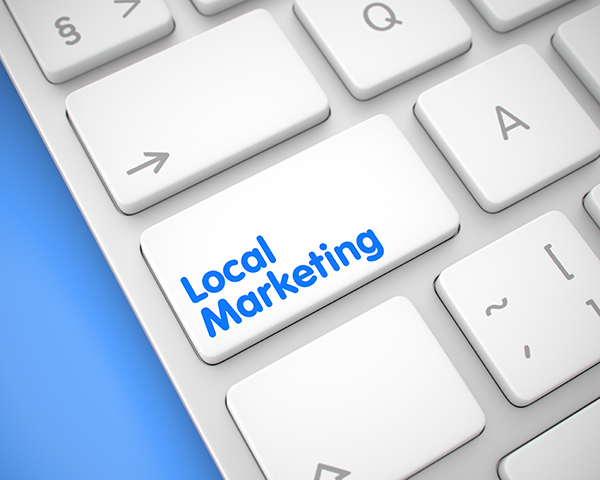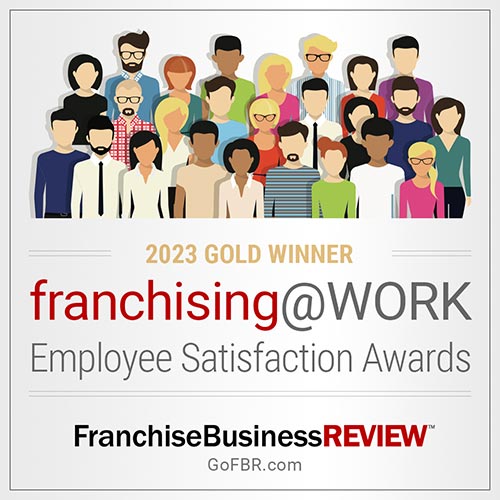Preview text: Personalization, automation and mobilization are the key words for 2023.
Dear [FIRST NAME] [LAST NAME],
With all the talk among marketing gurus about email marketing, you may think email is back in vogue – but frankly, it never really went anywhere. There are email marketing trends you need to be aware of, however, and the big ones for 2023 are personalization, automation and mobilization.
At least 91% of people check their email every day. Hubspot estimates 4 billion people around the world use email daily, and that number grows each year.
Email marketing is getting lots of attention currently because marketers are realizing how cost-efficient it is. Email marketing has one of the highest returns on investment (ROI) among digital strategies, with an ROI of $36 for every $1 spent. That’s a 3,600% return!
Additionally, email marketing content is very flexible – it can be whatever you need it to be, whether that’s a graphic or a photo or text or some combination of those things – and thanks to the increased sophistication among customer relationship management (CRM) systems, it is easy to scale. Marketing emails are set up essentially the same way, whether your leads list includes 100 names or 100,000.
And while we’re on the subject of your leads list, [FIRST NAME], let’s start by getting personal.
Personalization
Perhaps the most significant email marketing trend is personalization. In this case, “personalization” goes much deeper than just inserting someone’s first name in the salutation line.
Personalization means using the data that your customers give you so that you can send them more relevant content. How do you do that? You segment, or filter, your lists using what you know about your customers, their preferences and what kind of content engages them. Conveniently, most CRMs are also email providers, so look at the benefits of using them to their fullest capacity.
For example, if you know half of your customers engage with emails that feature images of dogs, and half engage with emails that feature cats, then you can build personalized emails that will show the dog people images of puppies and the cat people images of kittens. [INSERT DYNAMIC IMAGE]
One way to determine which images or subject lines perform best is through testing. Simple A/B tests can lead to a 28% higher ROI, according to Hubspot. You do need a large enough sample to collect good data.
The good news here is that you have artificial intelligence (AI) on your side. AI can help you figure out what your leads like to interact with, and you can then use that information to automate your email marketing.
Automation
So, AI learns what users like and ensures they get content tailored to their interests. That’s helpful to the user, who’s getting more relevant content; to the email marketer, who’s building the email content; and to your sales team, who’s trying to sell something.
A word of caution: “Automation” in email marketing does not mean set it and forget it. It means technology can make it easier for you to stay in touch with your leads. Think of email marketing as a journey, a part of your holistic marketing strategy, rather than a one-way trip. If your email isn’t helping you build a relationship with your customer, then it’s a waste of time.
Automation can help you build that relationship through frequent email touches and gauging whether your list is segmented correctly. Your CRM can help you see who is engaging with your emails; if users are not engaging, they may be segmented incorrectly, or it may be time to clean out your list.
When evaluating the effectiveness of your data, keep in mind that clicks are a much better indicator of engagement than open rates, and because email marketing usually drives users to a particular webpage or landing page, those numbers are more reliable.
Fact: Because of changing privacy rules, open rates are less reliable than they once were. That’s because many more people now read their email on their cellphones, and depending on how their email is set up, they may not be trackable on their phones. Apple does not allow marketers to track opens.
So, let’s dig into the phone situation.
Mobilization
First, your marketing emails should be built “mobile-first.” Do not assume that everyone checks their emails on a desktop computer, because they do not. Today, a whopping 81% of all emails are opened and read on mobile devices.
Email marketer BlueHornet did a study on what happens to emails that aren’t optimized for mobile. Do you want to guess what users did when they opened an email that didn’t display properly? They deleted it!
They aren’t spending a lot of time trying to read it first, either. In 2021, users spent an average of 10 seconds reading an email. You have to hook them quickly with short subject lines, brief copy and buttons large enough to select with your thumb.
And finally, if you’re sending a test email to co-workers, remember to check the test on a phone.
One last tidbit to consider: Hubspot says 40% of consumers have at least 50 unread emails in their inbox. Don’t be left unread.
















